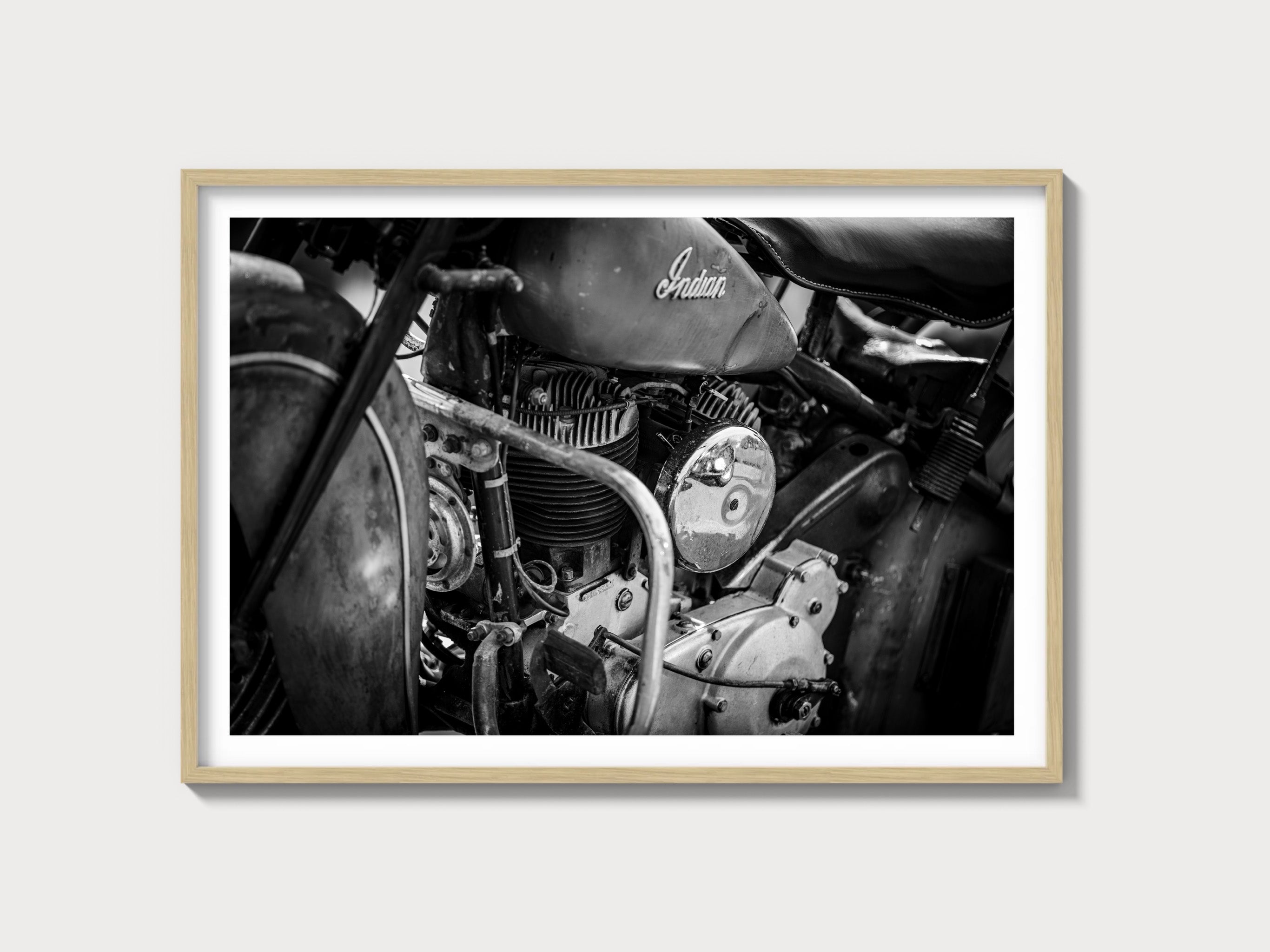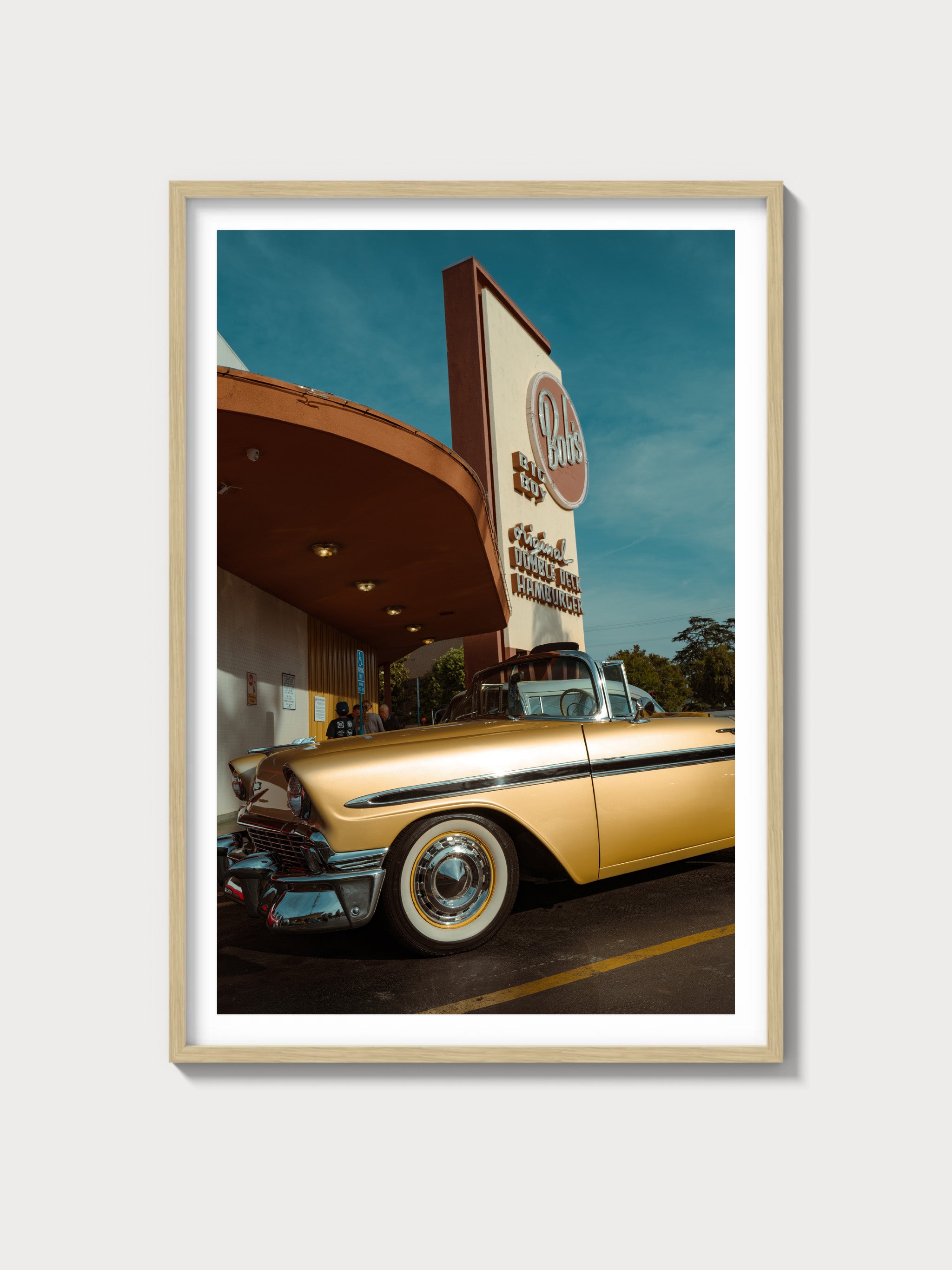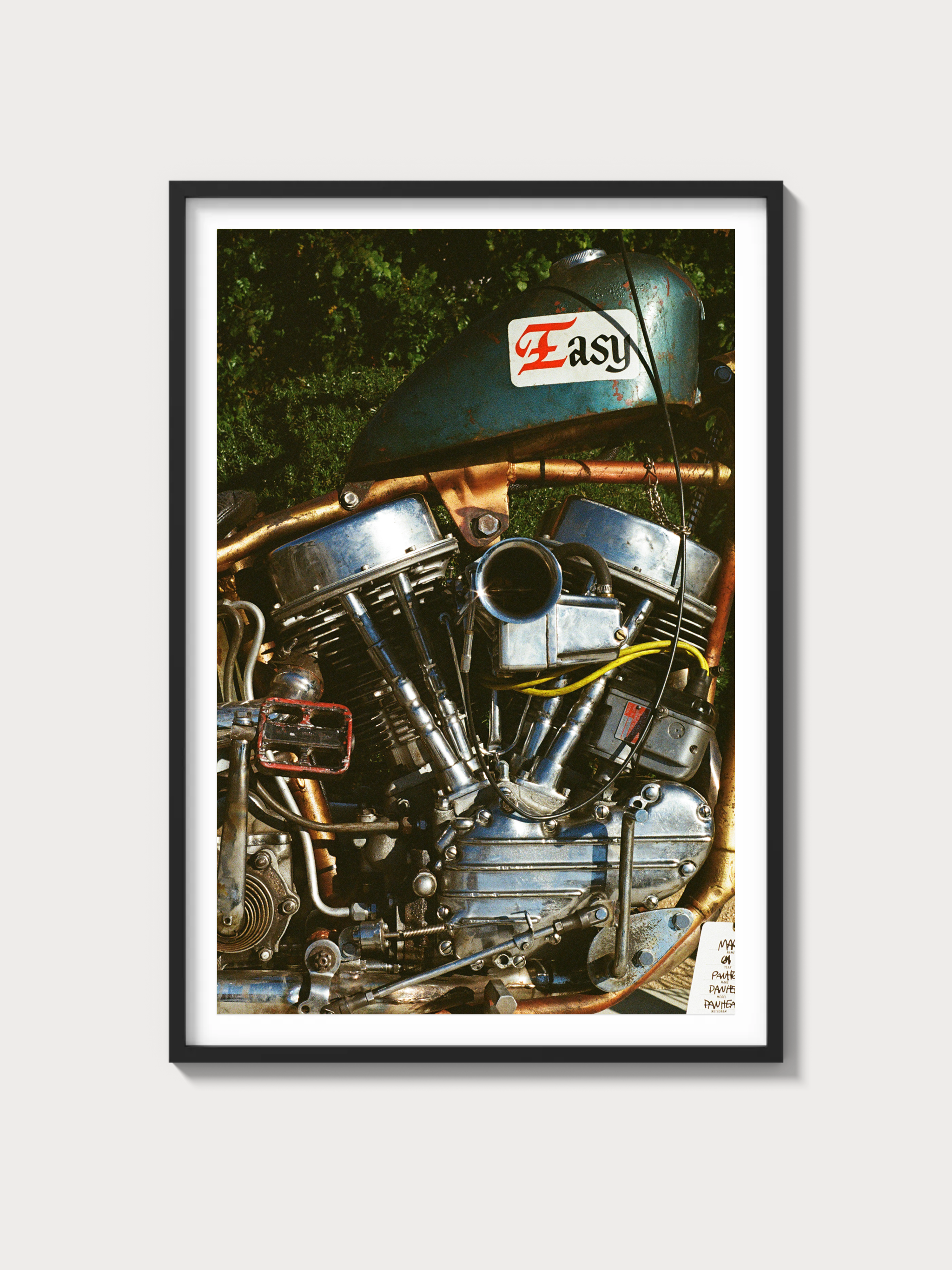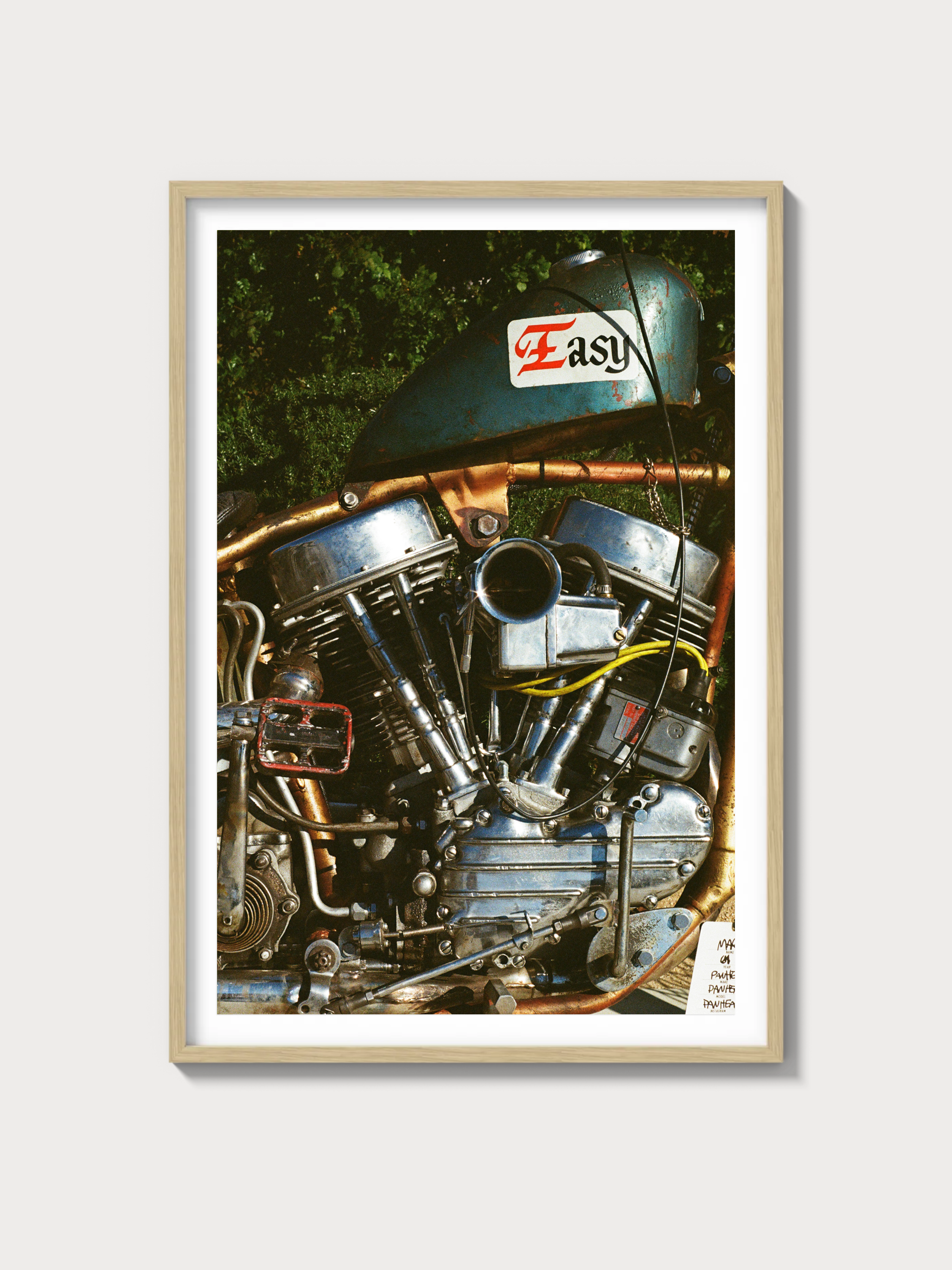1959–1964 Ford Galaxie Base: A Classic American Icon
Historical Context and Development Background
The Ford Galaxie, introduced in 1959, was Ford Motor Company's answer to the burgeoning demand for stylish, full-size automobiles. Carrying the prestigious name inspired by the Space Race era, the Galaxie was designed to combine aesthetic appeal with the practicality of a family car. Ford aimed to capture market share from competitors like Chevrolet's Impala and the Plymouth Fury by offering a variety of trims and engines that catered to diverse consumer preferences.
Engine and Technical Specs
| Engine Configuration | V8 |
|---|---|
| Displacement | 352 cu in |
| Horsepower | 300 hp |
| Induction Type | Carbureted |
| Redline | 4800 rpm |
| Fuel System | 4-barrel carburetor |
| Compression | 9.6:1 |
| Bore/Stroke | 4.00/3.50 inches |
Driving Experience and Handling Dynamics
Driving the Ford Galaxie Base delivers a quintessentially American experience, characterized by a smooth ride and ample power delivery. The suspension is tuned to prioritize comfort, absorbing road imperfections with ease. While not a sports car, the Galaxie's steering is predictable, and its throttle response is robust, courtesy of the V8's torque. The three-speed automatic transmission complements the engine well, though a manual gearbox option was available for those seeking a more engaging drive.
Full Performance Specs
| 0-60 mph | 10.5 seconds |
|---|---|
| Top Speed | 120 mph |
| Quarter-Mile | 17.5 seconds |
| Weight | 3600 lbs |
| Layout | FR |
| Brakes | Drum brakes |
| Suspension | Independent front, live rear axle |
| Gearbox Type | 3-speed automatic/manual |
Variant Breakdown
- Galaxie Base: Standard trim with basic features, high production numbers.
- Galaxie 500: Upgraded trim with premium interior options and exterior chrome details.
- Galaxie Sunliner: Convertible variant with limited production, popular in warm climates.
- Galaxie Starliner: Hardtop coupe with a distinctive roofline, known for its sleek design.
Ownership Notes
Owning a Ford Galaxie from this era requires dedication, particularly in sourcing parts for restoration. While the mechanical components are relatively straightforward, finding original interior and exterior trim can be challenging. Regular maintenance is crucial, with service intervals for oil changes and tune-ups recommended every 3,000 miles. Rust can be a significant issue, especially in humid climates, necessitating vigilant upkeep.
Cultural Relevance
The Ford Galaxie has appeared in numerous films and television shows, symbolizing mid-century American automotive culture. Its broad appeal makes it a staple at classic car auctions, where well-preserved examples often fetch impressive prices. The Galaxie's racing legacy, particularly in NASCAR, adds to its allure among collectors, with models from the early 1960s having competed and won at renowned tracks.
FAQs
Is the Ford Galaxie reliable? - Generally, yes, provided it is well-maintained.
What are common problems with the Ford Galaxie? - Rust and electrical issues are common due to age.
What is the value trend for the Ford Galaxie? - Prices have steadily increased as interest in classic American cars grows.
What engine options were available? - Primarily V8 engines, with various displacements across model years.

















































